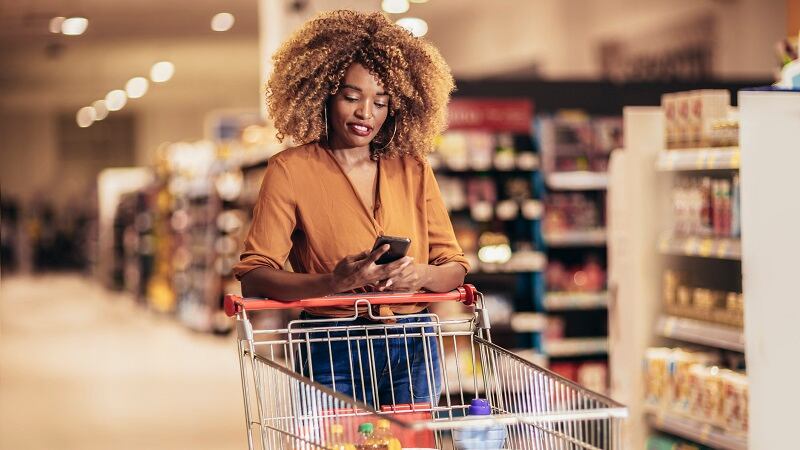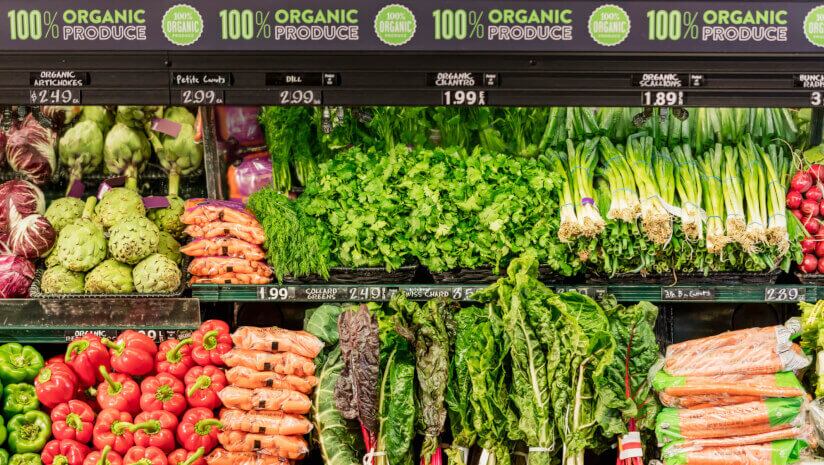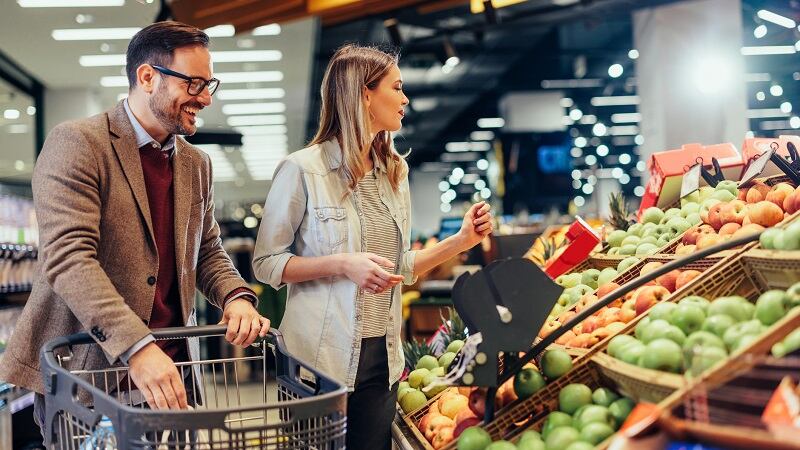“[Younger consumers] are looking for less ingredients on the label. They are looking for ingredients they can pronounce. They are looking for cleaned-up labels without certain items. ... Then, if you look at the older generation, aged 55 and above, clean ingredients do not fall in their top three [demands],” Alexandra Trott, director of insights at 84.51°, told FoodNavigator-USA.
‘Frozen food [and] shelf-stable are due for a bit of an overhaul’
The market research arm of Kroger, 84.51°, shares a monthly report that provides insight into how consumers are shopping and what is guiding their purchase decisions. October's report interviewed 400 Kroger customers about the food and beverage they want to see more of and how they are using digital tools to save money.
84.51° found that high protein, clean ingredients, functional benefits, low sodium and high fiber were the most sought attributes for new products, with 51%, 43%, 40%, 37% and 36% consumers, respectively, wanting products with those claims. High-protein products were the most requested among consumers ages 35-74, while functional benefits were the top choice for consumers aged 18-34.
"It is all about evolution, and that is why we talk about omnichannel shopping. [Omnichannel] is a spectrum of the way people shop, but it is also a spectrum of the way people adapted their shopping behaviors for modern times." — Alexandra Trott, director of insights at 84.51°
Of those that shop a specific category, 63%, 53%, 52%, 47% and 46% of consumers want more innovation in frozen food, shelf-stable goods (pasta, canned products, etc.), produce, fresh bakery and snacks or candy as well as the deli, meat or fish counter, respectively.
Additionally, 10% of consumers who do not shop the fresh bakery aisle want innovation in the category, while 8% of shoppers who do not purchase snacks or candy and the same percentage that do not shop deli, meat or fish counters would like to see innovation in those spaces.
“What this report is telling us is that people are calling for those categories to evolve, and they are looking for innovation. They have not seen it, but they want it. There still is a role for those categories in the store. ... Frozen food and shelf-stable are due for a bit of an overhaul,” Trott elaborated.
Omnichannel ‘is a spectrum’ for consumer shopping
Consumers are using various technologies to inspire meal ideas and find the lowest prices, as adoption of these tools is expected to grow, Trott explained.
Digital coupons, cashback and recipe apps were the most widely used digital shopping tools, with 48%, 43% and 39% of consumers, respectively, using them today. A smaller percentage of consumers used price comparison apps, meal planning apps and smart carts, with 13%, 10% and 11% of shoppers, respectively, claiming that they use them.
Additionally, almost half (45%) of consumers who do not use price comparison apps want to use them in the future, while 44% of shoppers said the same thing for meal planning apps and 41% for smart carts.
However, many consumers still rely on paper flyers and physical in-store coupons to save on groceries, Trott noted. As the trend towards digital continues, retailers are embracing omnichannel shopping experiences — the blending of digital and in-store activities — to ensure all consumers can find ways to save and learn about brands, Trott explained.
"We know that a lot of people use the app, but there are still a lot of people that use Kroger.com, and then a lot of people still receive paper digital coupons from Kroger that are targeted for their loyal shopping habits, which are very valuable, but they use the paper coupons and that is what they prefer," Trott said.
She continued, "It is all about evolution, and that is why we talk about omnichannel shopping. [Omnichannel] is a spectrum of the way people shop, but it is also a spectrum of the way people adapted their shopping behaviors for modern times."





